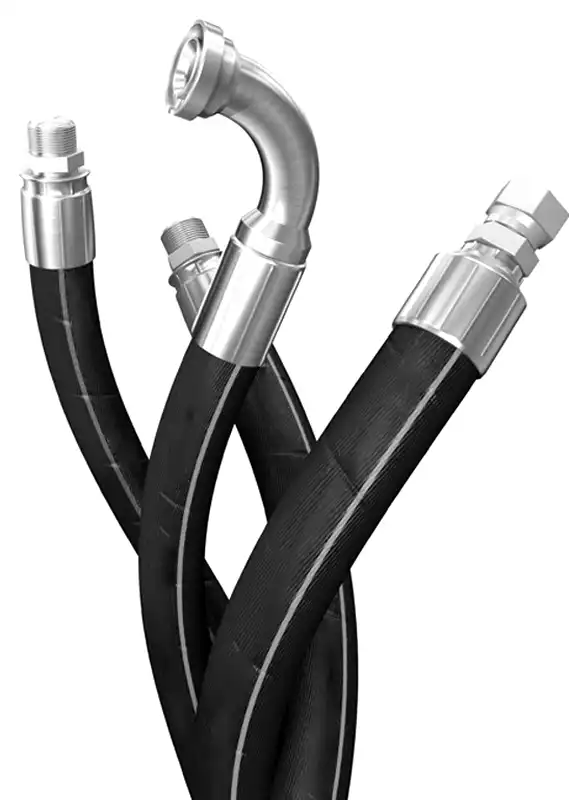![]()
In this comprehensive guide, we will explore everything you need to know about hydraulic hose couplings, including their types, factors to consider when choosing them, installation techniques, maintenance tips, and best practices for extending their lifespan.
Hydraulic hose couplings play a vital role in connecting hydraulic hoses to various hydraulic components, such as pumps, valves, cylinders, and motors. They provide a secure and leak-free connection, allowing hydraulic fluid to flow smoothly within the system. A well-designed and properly installed hydraulic hose coupling ensures optimal performance and safety in hydraulic applications.
What is a Hydraulic Hose Coupling?
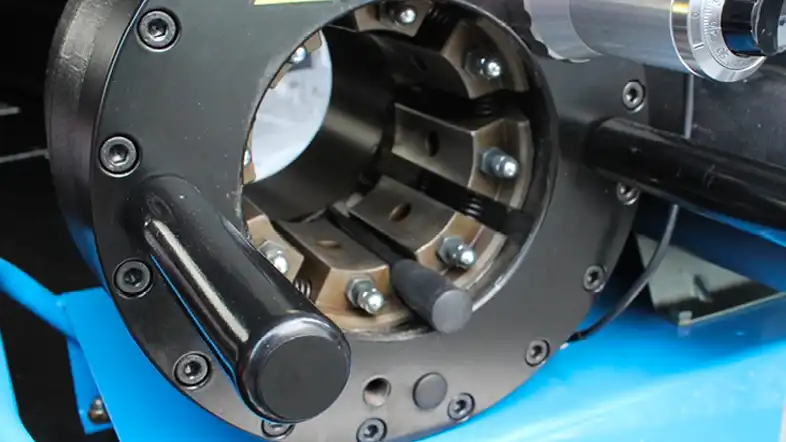
A hydraulic hose coupling is a mechanical device that connects two hydraulic hoses or a hose to a hydraulic component. It consists of two main parts: the male end, which typically has external threads, and the female end, which has internal threads. When the male and female ends are connected, they create a sealed joint that allows hydraulic fluid to pass through.
Hydraulic Hose Coupling Types
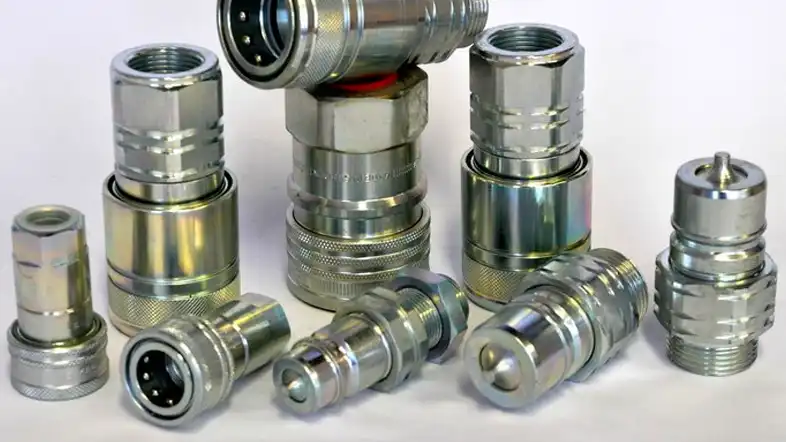
Screw-Type Couplings
Screw-type couplings are the most common type of hydraulic hose couplings. They feature threads on both the male and female ends, allowing for a secure and tight connection. Screw-type couplers are further classified into various subtypes, such as straight thread, tapered thread, and parallel thread couplings.
Quick Disconnect Couplings
Quick disconnect couplings, also known as quick couplers or quick release couplers, offer a convenient and fast way to connect and disconnect hydraulic hoses. They consist of two parts: the male and female halves, which can be easily joined or separated with a simple push or pull motion. Quick disconnect couplings are commonly used in applications where frequent hose connections and disconnections are required.
Flange Couplings
Flange couplings provide a robust and high-pressure connection between hydraulic hoses and components. They consist of a flat plate or mating flanges with bolt holes. When the flanges are bolted together, they create a strong and leak-free connection. Flange couplings are often used in heavy-duty applications that require high-pressure and large-diameter hoses.
Push-to-Connect Couplings
Push-to-connect couplings, also known as non-spill couplings, offer a simple and reliable method of connecting hydraulic hoses. They feature a push-button mechanism that allows for quick and easy connections without the need for additional tools. Push-to-connect couplings are commonly used in applications where ease of use and efficiency are essential.
Hydraulic Hose Quick Coupler
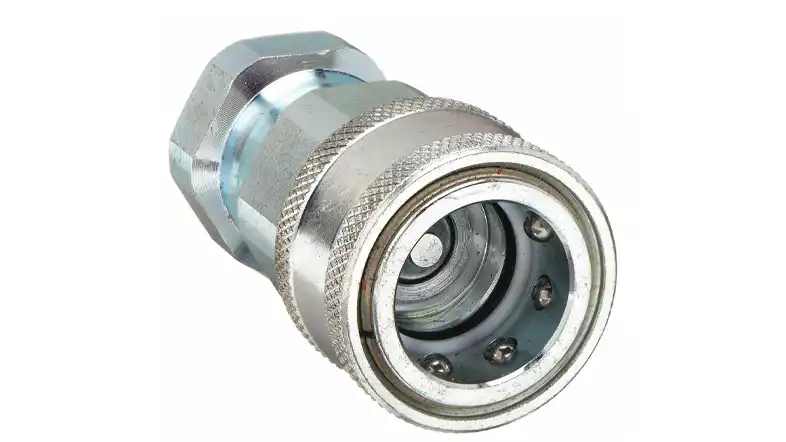
A hydraulic hose quick coupler, also known as a quick disconnect or hydraulic hose quick release coupling, is a device used to connect and disconnect hydraulic hoses quickly and easily.
It provides a secure and leak-free connection between two hydraulic components, such as hoses, cylinders, valves, or pumps.
The main purpose of a hydraulic hose quick coupler is to facilitate efficient and convenient hose changes, allowing for rapid assembly or disassembly of hydraulic systems.
It eliminates the need for time-consuming and potentially messy threaded connections, reducing downtime during maintenance or equipment setup.
Here are some key features and benefits of hydraulic hose quick couplers:
- Easy Connection and Disconnection: The quick coupler enables fast and effortless connection and disconnection of hydraulic hoses. It typically involves a simple push-pull or twist mechanism that securely locks the coupling in place.
- Leak-Free Operation: When properly engaged, hydraulic quick couplers provide a reliable and leak-free connection. This ensures the integrity of the hydraulic system and prevents fluid leakage, which can lead to performance issues or environmental concerns.
- Versatility: Hydraulic quick couplers are available in various sizes, configurations, and materials to accommodate different hydraulic applications. They can be designed for specific pressure ratings, flow rates, and compatibility with different hydraulic fluids.
- Safety Features: Many hydraulic quick couplers incorporate safety features to prevent accidental disconnection, such as locking mechanisms or visual indicators to confirm a secure connection. This helps protect operators and equipment from potential hazards.
- Durability and Longevity: Quick couplers are typically constructed from robust materials, such as steel, brass, or stainless steel, to withstand the high pressures and demanding operating conditions of hydraulic systems. They are designed to provide reliable performance and have a long service life.
- Time and Cost Savings: The ability to quickly connect and disconnect hydraulic hoses translates into significant time savings during equipment setup, maintenance, or repairs. This can reduce labor costs and improve overall productivity.
It’s important to select the appropriate quick coupler for your specific hydraulic system, considering factors such as flow requirements, pressure ratings, and compatibility with the hydraulic fluid being used. Regular inspection and maintenance of quick couplers are also essential to ensure their proper functioning and prevent any potential issues.
Overall, hydraulic hose quick couplers are valuable components that enhance the efficiency, convenience, and safety of hydraulic systems by simplifying hose connections and disconnections.
Factors to Consider When Choosing Hydraulic Hose Couplings
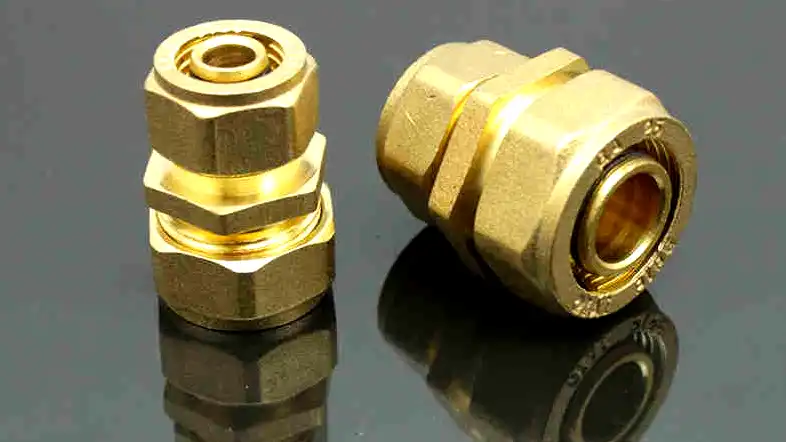
When selecting hydraulic hose repair couplings, several factors need to be taken into account to ensure compatibility and optimal performance. Here are some key factors to consider:
Pressure Rating
The pressure rating of the hydraulic hose coupling should match or exceed the maximum operating pressure of the hydraulic system. Choosing a coupling with a lower pressure rating can lead to leaks and system failure, while opting for a coupling with a higher pressure rating than necessary may result in unnecessary costs.
Hose Compatibility
It is crucial to ensure that the hydraulic hose coupling is compatible with the specific type of hose being used. Factors such as hose material, size, and end fittings should be considered to ensure a proper fit and reliable connection. Using incompatible couplings can lead to leaks, hose damage, and decreased system performance.
Size and End Fittings
The size of the hydraulic hose and the corresponding end fittings should be carefully matched to achieve a secure and leak-free connection. Choosing the wrong size or type of end fittings can result in improper sealing, reduced flow rate, and increased risk of failure.
Application Requirements
Consider the specific requirements of the hydraulic system, such as temperature range, chemical compatibility, and environmental conditions. Selecting a hydraulic hose coupling that meets these requirements will ensure optimal performance and longevity.
How to Properly Install Hydraulic Hose Couplings?
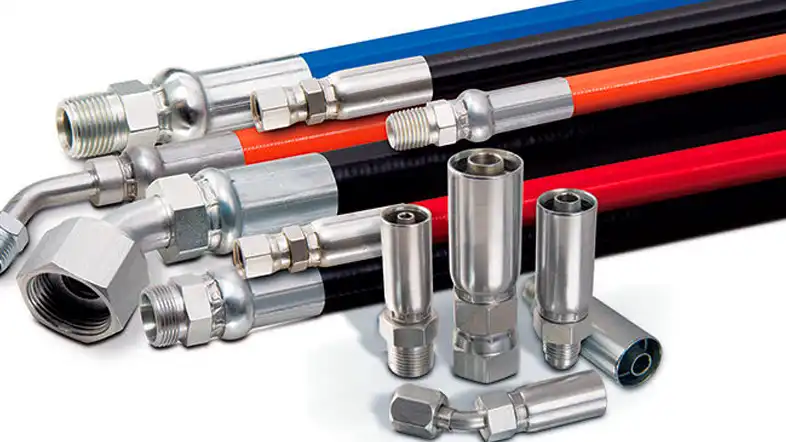
Proper installation of hydraulic hose couplings is crucial to ensure a reliable and leak-free connection. Here is a step-by-step guide to help you install hydraulic hose couplings correctly:
Inspect the Hose and Coupling
Before installation, carefully inspect the hydraulic hose and coupling for any damage or defects. Look for signs of wear, cracks, or bulges in the hose, and ensure that the coupling is in good condition.
Measure and Cut the Hose
Measure the required length of the hydraulic hose and cut it to size using a suitable cutting tool. Ensure a clean and square cut to facilitate a proper connection.
Attach the Coupling to the Hose
Insert the hose end into the female coupling, ensuring that it fits securely and aligns with the coupling’s threads. Apply an appropriate lubricant or thread sealant to the threads to enhance the sealing capability.
Secure the Connection
Using a wrench or suitable tool, tighten the male and female couplings together until they are firmly connected. Be careful not to overtighten, as it may damage the coupling or hose.
Test the Assembly
After installation, conduct a thorough pressure test to ensure the hydraulic hose coupling is properly installed and sealed. Check for any leaks or abnormalities in the system. If any issues are detected, recheck the installation or consult a professional.
Maintenance and Troubleshooting Tips for Hydraulic Hose Couplings
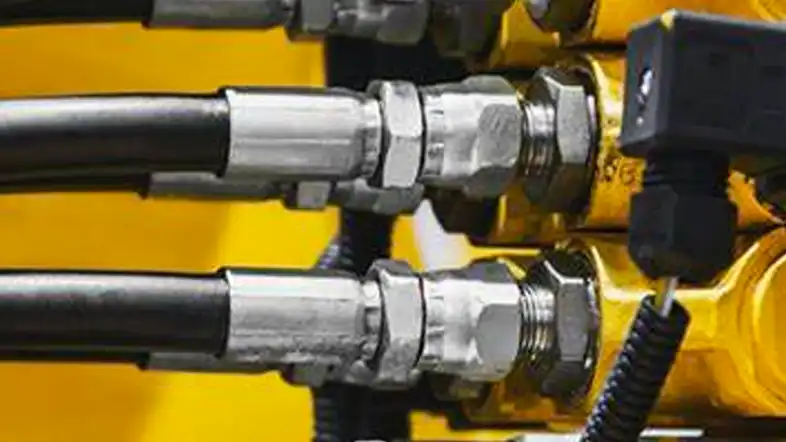
Regular maintenance and troubleshooting are essential to ensure the optimal performance and longevity of hydraulic hose couplings. Here are some tips to keep in mind:
Regular Inspection
Periodically inspect the hydraulic hose couplings for signs of wear, corrosion, leaks, or damage. Replace any damaged or worn-out couplings immediately to prevent system failure.
Proper Cleaning
Keep the hydraulic hose couplings clean and free from dirt, debris, and contaminants. Regularly wipe the couplings with a clean cloth and use a suitable cleaning agent if necessary.
Addressing Leaks
If you notice any leaks around the hydraulic hose coupling, it is crucial to address them promptly. Identify the source of the leak and take appropriate measures, such as tightening the coupling or replacing the seals.
Replacing Damaged Couplings
If a hydraulic hose coupling is severely damaged or worn out, it is recommended to replace it with a new one. Avoid using damaged couplings, as they can compromise the system’s integrity and safety.
Best Practices for Extending the Lifespan of Hydraulic Hose Couplings
Adhering to best practices can significantly extend the lifespan of hydraulic hose couplings. Consider the following tips:
Avoid Excessive Pressure
Ensure that the hydraulic system operates within the recommended pressure range. Excessive pressure can strain the couplings and lead to premature failure.
Protect Against Abrasion and Impact
Take precautions to protect the hydraulic hoses and couplings from abrasion, impact, and external damage. Routinely inspect the system for potential hazards and install suitable protective covers or shields as needed.
Proper Storage
When not in use, store hydraulic hoses and couplings in a clean and dry environment. Protect them from direct sunlight, extreme temperatures, and corrosive substances that could degrade their quality.
Regular Maintenance Schedule
Establish a regular maintenance schedule for the hydraulic system, including inspections, cleaning, and replacement of worn-out components. Adhering to a maintenance routine helps identify and address potential issues before they escalate.
Conclusion
Hydraulic hose couplings are integral components in hydraulic systems, providing secure connections and ensuring the efficient flow of hydraulic fluid. By understanding the different types of couplings, considering important factors when selecting them, and following proper installation and maintenance practices, you can maximize the performance, safety, and longevity of your hydraulic system.
Incorporating regular inspections, addressing leaks promptly, and adhering to best practices for maintenance will help extend the lifespan of hydraulic hose couplings, ultimately saving costs and improving overall system reliability.


